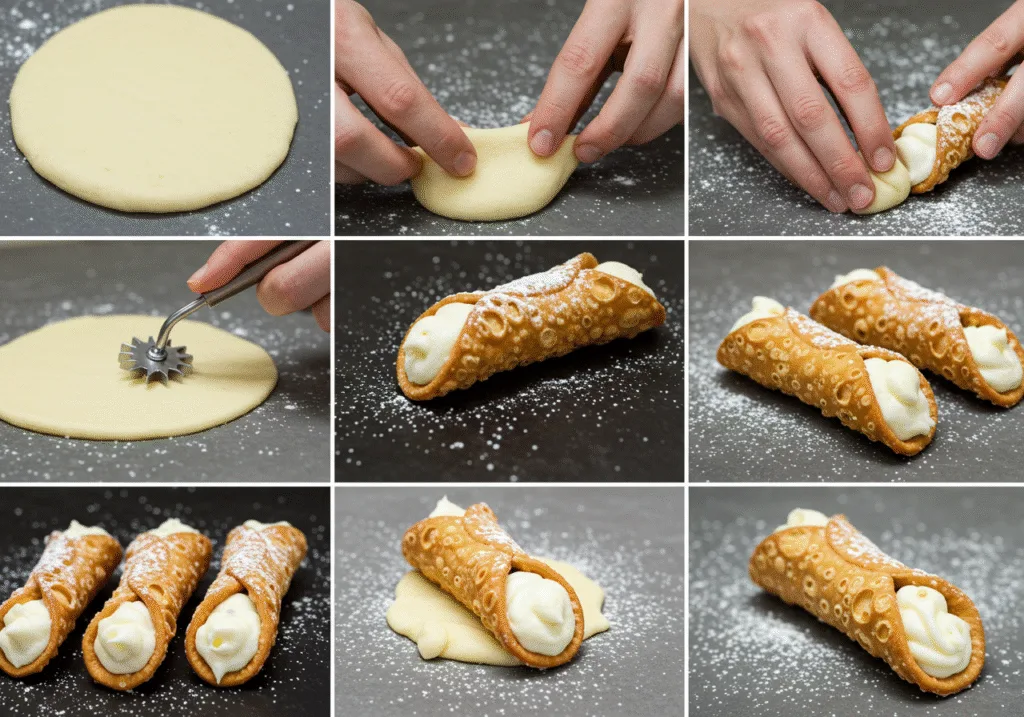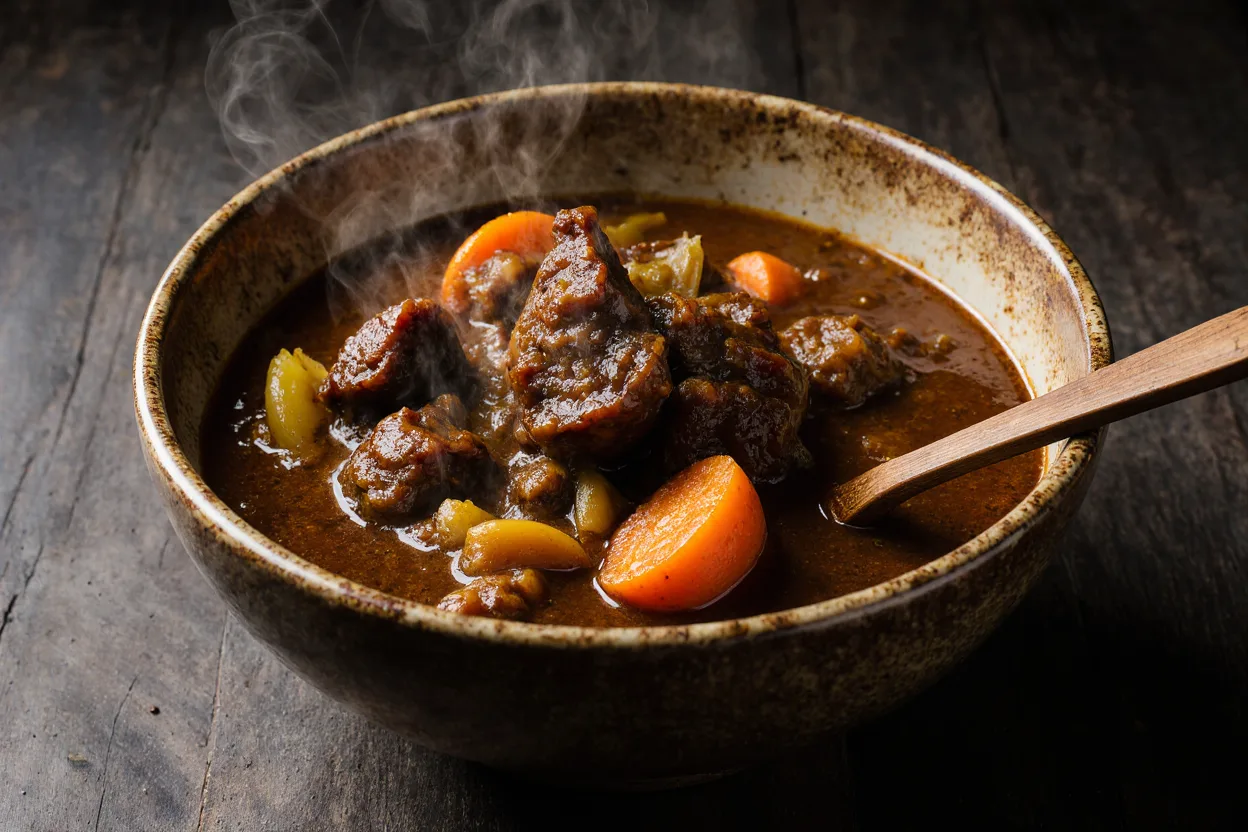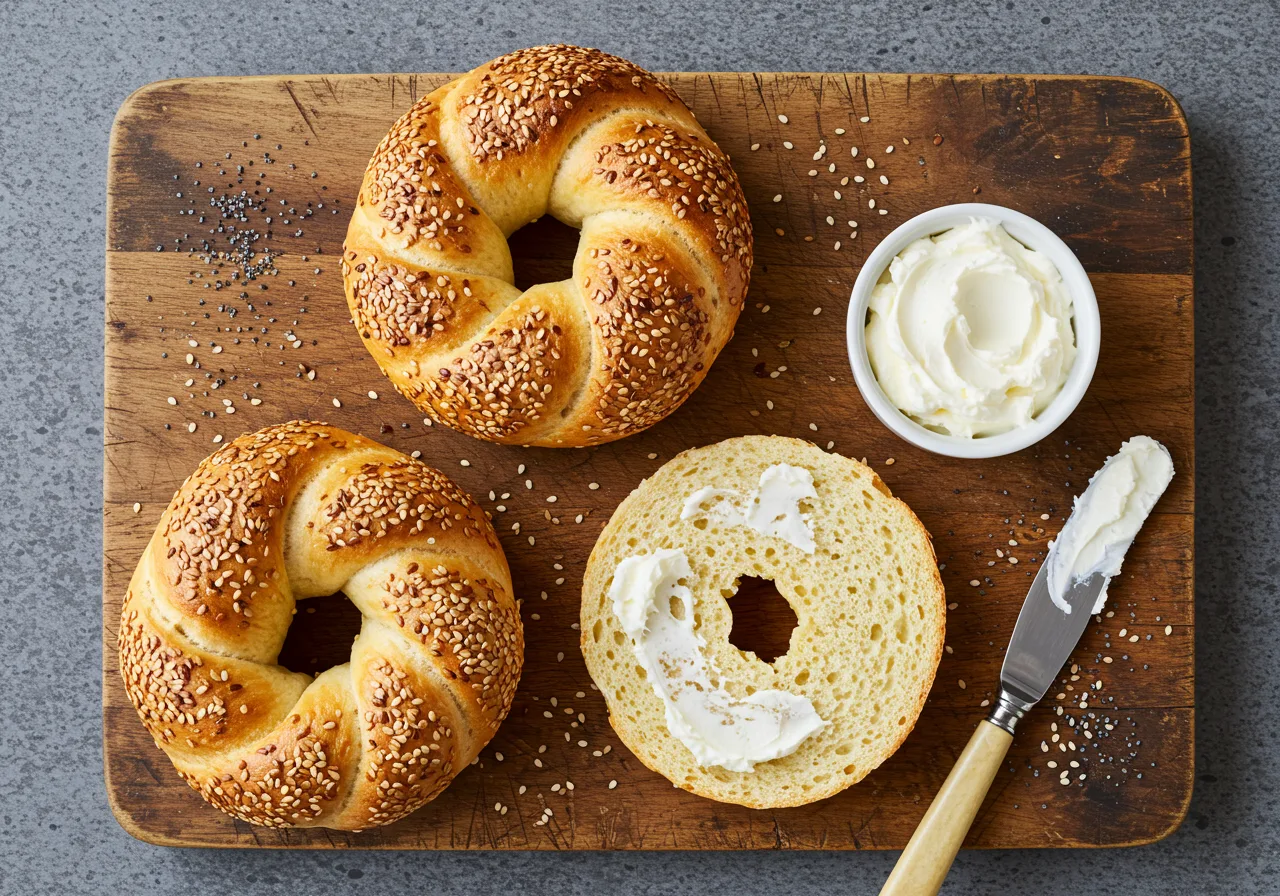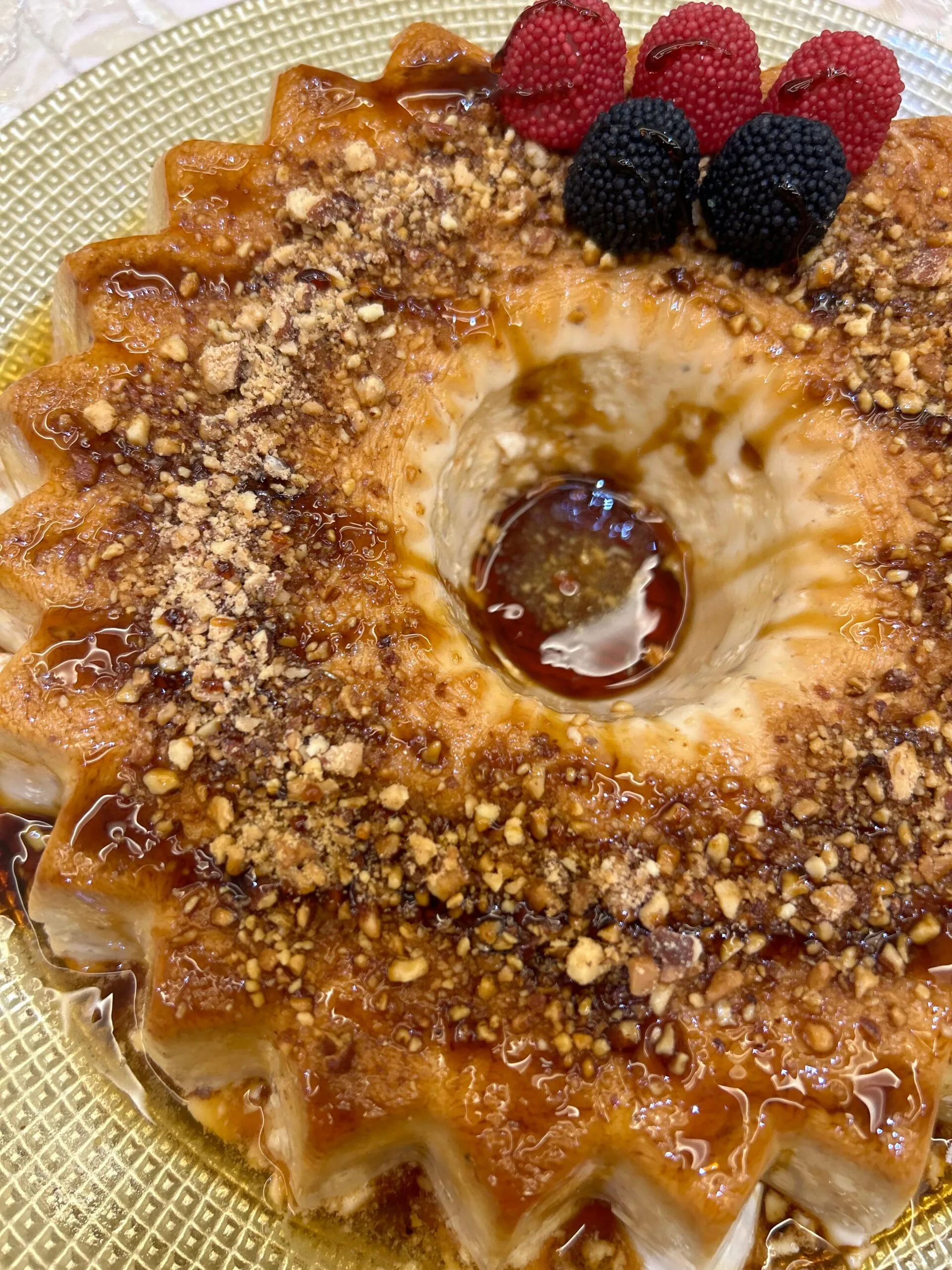Authentic Italian Cannoli Craft: 7 Professional Techniques for Perfect Pastries

Historical research from the University of Palermo’s Gastronomic Sciences Department reveals that cannoli preparation methods have evolved through centuries of Sicilian culinary tradition, with each generation refining techniques for achieving the ideal crisp texture. What if you could master these time-honored methods through an italian cannoli recipe that balances traditional craftsmanship with modern kitchen practicality? These seven professional approaches to creating an exceptional italian cannoli recipe will guide you through the nuanced process of achieving that signature crisp shell and velvety filling that defines authentic Sicilian pastry artistry.
If you’ve encountered challenges with leathery shells or filling that compromises shell integrity, you’re about to discover how temperature control, ingredient chemistry, and technique refinement can elevate your italian cannoli recipe to professional standards. The distinction between ordinary and extraordinary cannoli lies in understanding how each component interacts—from the gluten development in your dough to the moisture content in your cheese. This comprehensive italian cannoli recipe methodology addresses both the science and tradition behind creating cannoli that would earn approval from Sicilian nonnas while being achievable in contemporary home kitchens.
Table of Contents
Precision Ingredients for Traditional Excellence
Crafting authentic cannoli requires understanding ingredient functions and interactions. For this technically precise italian cannoli recipe, source these components:
- Dough Foundation: 250g tipo 00 flour, 15g cane sugar, 60ml Marsala wine
- Fat Selection: 30g rendered lard (or European-style butter)
- Acid Components: 30ml dry white wine, 25ml white wine vinegar
- Binding Agent: 1 egg white, lightly beaten
- Filling Core: 900g whole milk ricotta, triple-strained
- Sweetening System: 150g confectioners’ sugar, 5ml vanilla extract
- Flavor Architecture: 2g cinnamon, 40g micro chocolate chips
- Finishing Elements: Confectioners’ sugar, crushed Sicilian pistachios
- Frying System: 1L peanut oil, metal cannoli tubes
Ingredient Science: The tipo 00 flour’s fine texture creates delicate structure. Marsala wine’s residual sugars promote browning while alcohol limits gluten formation. Lard provides flakiness without water content that would create steam and toughness.
Temporal Considerations for Optimal Results
Traditional cannoli craftsmanship respects necessary time investments:
- Dough Hydration: 120 minutes minimum (gluten relaxation)
- Ricotta Preparation: 24-36 hours (moisture reduction)
- Active Construction: 55 minutes (rolling, forming, frying)
- Frying Process: 18-22 minutes (batch cooking)
- Complete Timeline: 26+ hours (primarily passive)
This schedule reflects authentic preparation, though accelerated methods using food processors and quick-drain techniques can reduce total time to 3 hours with slight textural compromise.
7 Technical Approaches to Cannoli Excellence

Technique 1: Controlled Gluten Development
Combine liquids before incorporating into flour. The alcohol and acid combination limits gluten formation, creating tender shells that remain delicate after frying. This chemical approach replaces physical restraint in your italian cannoli recipe.
Technique 2: Strategic Fat Integration
Work chilled lard into flour until pea-sized pieces remain. The dispersed fat pockets create steam during frying, producing the characteristic blistered surface and layered flakiness.
Technique 3: Calibrated Thickness Standard
Roll dough to precisely 2mm thickness using guide sticks or pasta machine. This uniform thinness ensures consistent heat penetration and oil contact for even browning and crispness.
Technique 4: Thermal Mass Frying
Maintain oil at 190°C (375°F) with adequate volume to prevent temperature drops when adding shells. The consistent thermal environment creates rapid bubble formation without oil absorption.
Technique 5: Structural Form Management
Seal dough edges firmly with egg white adhesive. Remove shells from forms immediately after frying while still pliable, then return to forms until completely cooled to maintain cylindrical shape.
Technique 6: Ricotta Texture Refinement
Drain ricotta in cheesecloth-lined chinois for 24+ hours. Process through tamis for ultimate smoothness before incorporating other filling ingredients.
Technique 7: Composition Timing
Fill shells maximum 30 minutes before serving using pastry bag with large round tip. The filling moisture will gradually soften shells, so precise timing preserves textural contrast.
Nutritional Composition
Based on analysis from the Italian National Research Institute for Food and Nutrition, a traditionally prepared cannolo provides:
- Energy: 295-335 kcal
- Macronutrients: 16g fat, 31g carbohydrates, 9g protein
- Micronutrients: Calcium (18% DV), phosphorus (15% DV)
- Glycemic Impact: Moderate (45-55 glycemic index)
The protein and fat content provides more sustained energy release than many flour-based desserts.
Dietary Modifications
- Gluten-Free Adaptation: Substitute 00 flour with 210g rice flour + 40g tapioca starch
- Reduced Lactose: Use well-drained sheep’s milk ricotta
- Vegan Interpretation: Create dough with vegetable shortening and aquafaba, filling with cashew cream
- Lower Glycemic: Replace 30% confectioners’ sugar with powdered erythritol
Explore our dessert modifications for additional approaches.
Presentation Methodology

Elevate your cannoli presentation beyond traditional approaches:
- Deconstructed Interpretation: Arrange separate components for interactive dining
- Miniature Versions: Create 2-inch cannoli for cocktail service
- Plated Desserts: Position single cannolo with complementary sauces and textures
- Garnish Spectrum: Offer various coatings—chocolate glaze, crushed nuts, candied citrus
Complement with our Sicilian dessert wine pairings for sophisticated entertaining.
Technical Challenges and Solutions
- Shell Distortion: Ensure oil temperature stability and proper dough thickness
- Filling Separation: Drain ricotta adequately and avoid overmixing
- Pale Coloring: Maintain precise oil temperature and consider adding 1g sugar to frying oil
- Structural Failure: Seal edges thoroughly and don’t overcrowd frying vessel
Preservation Protocols
- Unfilled Shells: Store in airtight container with silica gel packet for 3 weeks
- Filling Components: Refrigerate separately for 4 days maximum
- Freezing Technique: Flash freeze unfilled shells before packaging for 4-month storage
- Refresh Method: Warm shells in 175°C (350°F) oven for 3 minutes to restore crispness
Begin Your Cannoli Artistry
Mastering this italian cannoli recipe represents a journey into both culinary technique and cultural tradition. The satisfaction of creating these iconic pastries with professional results justifies the detailed approach.
We’re excited to witness your cannoli creations! Which technical insight proved most valuable in your process? Share your results on Instagram using #CannoliArtistry. For continued Italian pastry exploration, discover our desserts guide!
Technical Inquiries Resolved
Q: What creates the characteristic blistered appearance on professional cannoli shells?
A: The combination of lard creating steam pockets and precise oil temperature causing rapid bubble formation produces the signature blistering and delicate layered structure.
Q: How does dough hydration time affect final texture?
A: Extended resting allows gluten strands to relax and liquid distribution to equalize, resulting in more tender shells that fry evenly without shrinking or distorting.
Q: Can I achieve proper shell crispness without deep frying?
A: While baking can produce acceptable results, the rapid heat transfer of frying is necessary for authentic texture. Spray oil and high-temperature baking can approximate but not replicate the genuine article.
Q: Why is tipo 00 flour specifically recommended?
A: The extremely fine milling creates less dense gluten network, producing more delicate structure than all-purpose flour while maintaining sufficient strength for handling.








